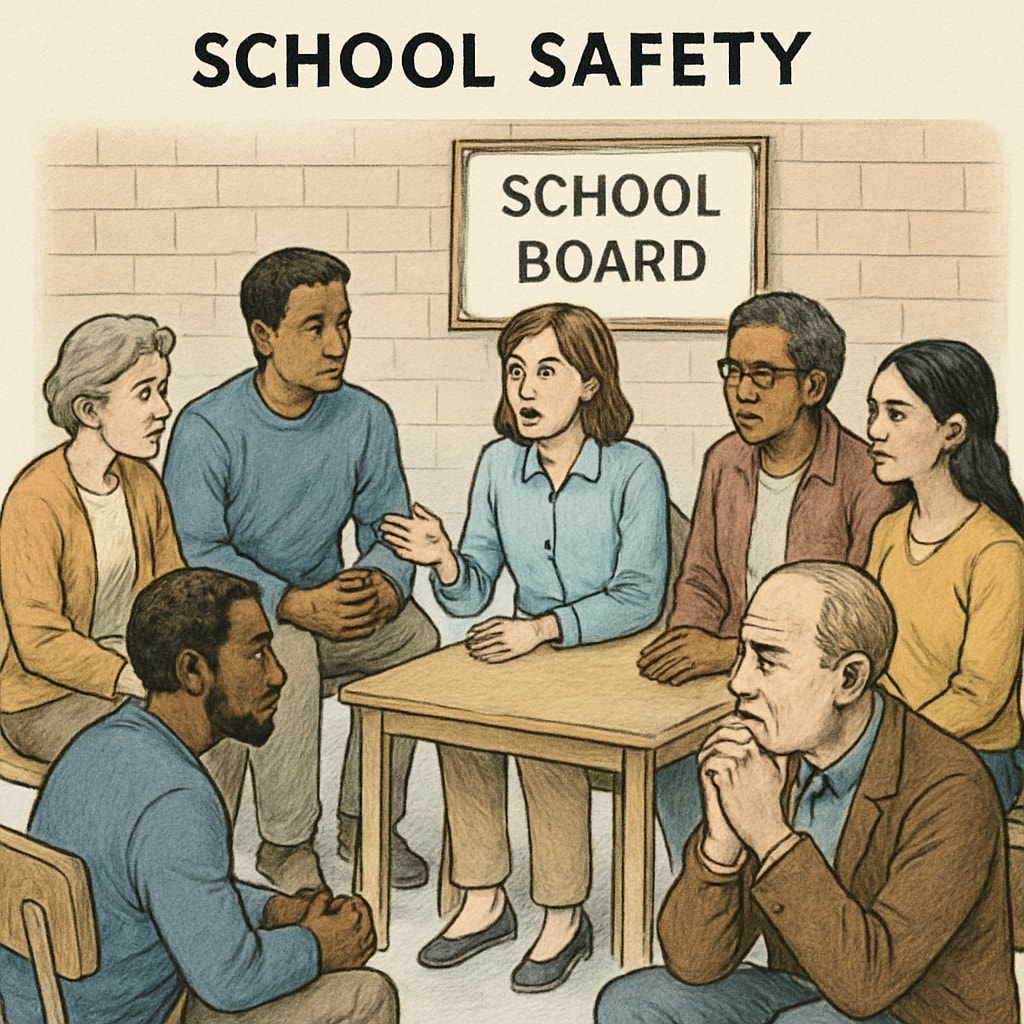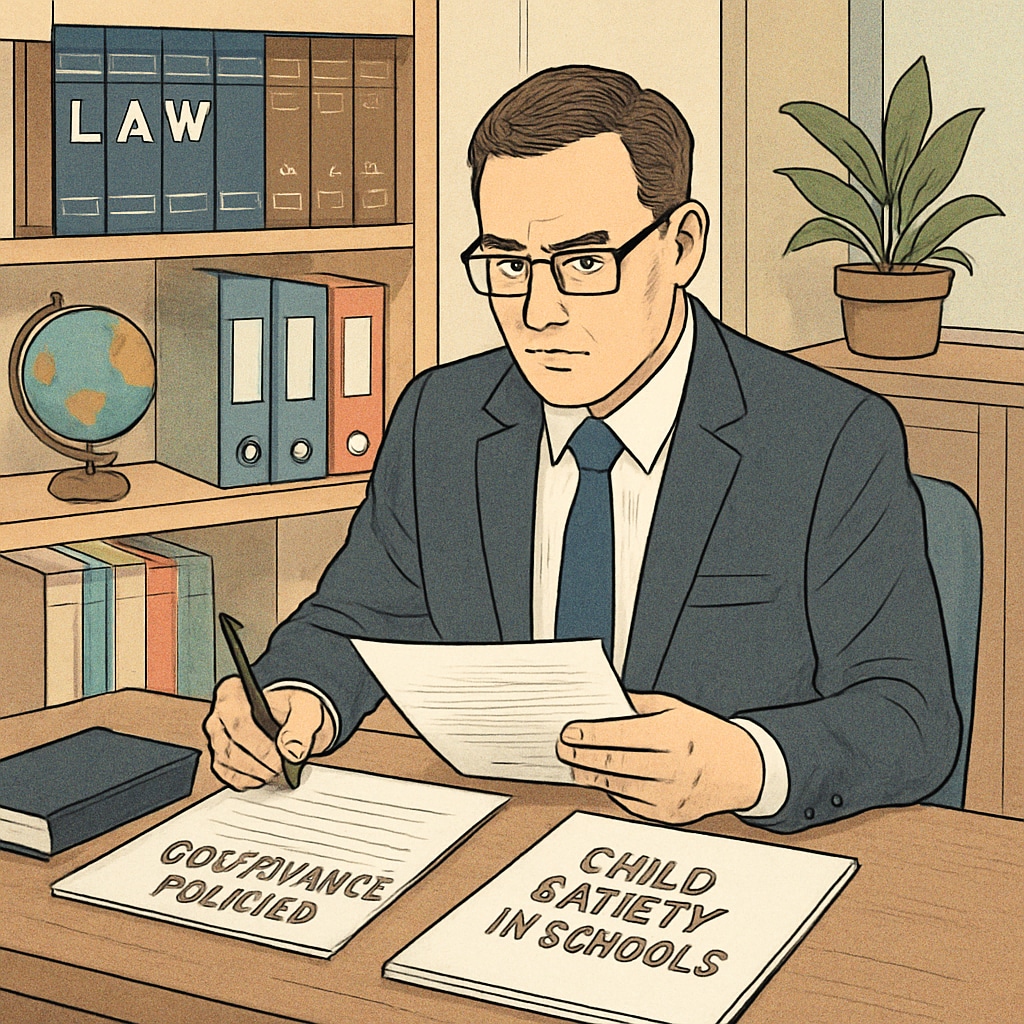When individuals with a history of child abuse are appointed to school boards, the stakes are incredibly high. This situation forces communities to confront the delicate balance between ensuring children’s safety and maintaining effective school governance. The issue of school board safety demands immediate attention and thoughtful action. In this article, we will explore the gravity of this concern and provide practical steps that communities can take to protect their children while advocating for governance integrity.
Why Child Safety in School Boards Matters
School boards play a critical role in shaping a child’s educational environment, influencing policies that affect their daily lives. However, the inclusion of individuals with a history of child abuse in these governing bodies puts students at risk and may erode public trust. Research consistently shows that the presence of such individuals can undermine the culture of safety that schools strive to maintain (NSPCC). Therefore, addressing this issue proactively is essential for both the immediate safety of children and the long-term credibility of educational institutions.

Community Actions to Address School Board Risks
Communities have the power to influence decisions about who is allowed to serve on school boards. When concerns arise about individuals with histories of child abuse, residents can take these actionable steps:
- Advocate for Transparent Background Checks: Push for stringent background checks during the appointment or election process. This ensures that all candidates are thoroughly vetted before assuming positions of power.
- Attend School Board Meetings: Regular attendance at meetings enables community members to monitor leadership decisions and raise questions when necessary.
- Petition for Policy Changes: Lobby for policies that explicitly disqualify individuals with abuse histories from holding leadership roles.
- Engage Local Media: Use local news outlets to raise awareness about the issue, ensuring it remains a priority in public discourse.
These steps not only address the immediate issue but also create a framework for long-term prevention.
Legal and Ethical Considerations
While communities have the right to demand safety, they must balance this with legal and ethical principles. For example, laws surrounding rehabilitation and discrimination may protect individuals with criminal histories from being excluded from certain roles. However, the unique vulnerability of children in schools makes this a special case. Engaging legal experts to navigate these complexities is vital to ensure that actions are both effective and lawful (Child Abuse Overview on Britannica).

Building a Culture of Accountability
Beyond addressing immediate risks, communities must foster a culture of accountability within their schools. This includes:
- Training School Leaders: Ensure that school board members and administrators receive training on child protection and ethical governance.
- Establishing Reporting Mechanisms: Provide clear channels for reporting any concerns about leadership misconduct or risks to student safety.
- Encouraging Community Oversight: Form independent review committees to oversee school board decisions and appointments.
By prioritizing these measures, communities can create an environment where children’s safety is non-negotiable.
Conclusion: A Shared Responsibility
The intersection of school board safety and governance integrity is a complex but critical issue. When individuals with histories of child abuse are appointed to leadership positions, the entire community must work together to address the risks. By advocating for transparency, engaging in active oversight, and fostering a culture of accountability, communities can ensure that schools remain places of safety and growth for all children.
Child protection is not solely the responsibility of educators or government officials; it is a shared duty that requires vigilance, advocacy, and collective action.
Readability guidance: This article uses concise paragraphs and lists to highlight actionable steps. Transition words ensure smooth flow, while external links provide additional context and credibility. The content avoids jargon, making it accessible to a broad audience.


